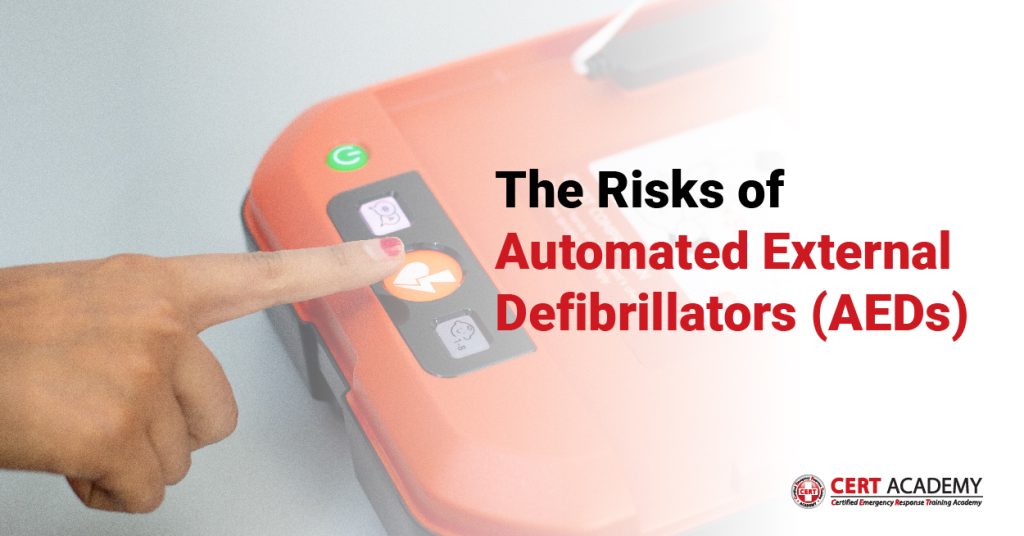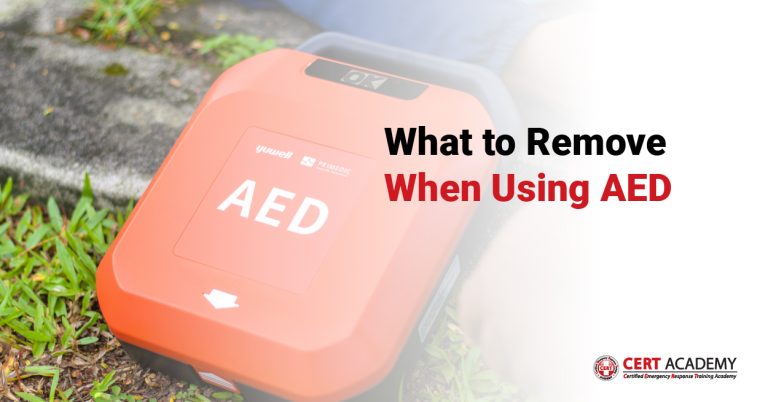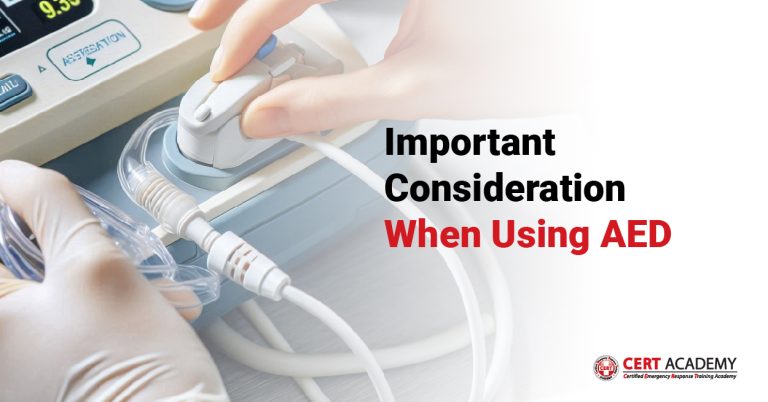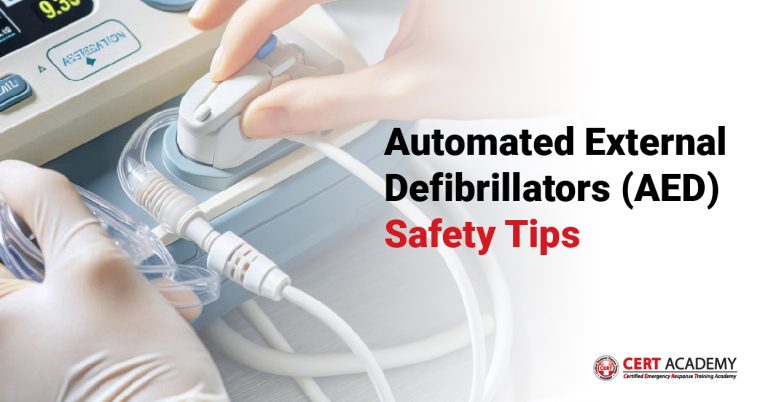Call Us +603-8066 8665
The Risks of Automated External Defibrillators (AEDs)
Automated External Defibrillators (AEDs) have become integral life-saving devices in various public spaces, workplaces, and healthcare settings. These portable electronic devices are designed to diagnose and treat sudden cardiac arrest by delivering an electric shock to the heart. While AEDs have proven to be effective in increasing survival rates, it is essential to acknowledge and understand the potential risks associated with their use. This essay explores the risks of AEDs, ranging from device-related complications to challenges in user competency and legal considerations.

- Device-Related Complications:
- Malfunctioning Equipment:
AEDs, like any electronic device, can experience technical malfunctions. Battery failures, electrode pad defects, or software glitches may compromise the device’s functionality. Regular maintenance and monitoring are crucial to ensure AEDs are in optimal working condition when needed.
- Inaccurate Diagnosis:
AEDs rely on complex algorithms to analyse the heart’s rhythm and determine whether a shock is necessary. In some instances, these algorithms may misinterpret the cardiac rhythm, leading to inappropriate shock delivery or, conversely, failure to recognize a genuine cardiac emergency.
- User Competency:
- Inadequate Training:
Improper training of AED users poses a significant risk. Individuals who are not adequately trained may struggle to correctly operate the device, leading to delayed or ineffective intervention. Comprehensive training programs are essential to equip potential rescuers with the skills needed to use AEDs safely and effectively.
- Misplacement of Electrode Pads:
Proper electrode pad placement is crucial for the accurate functioning of AEDs. Incorrect placement may result in inadequate shock delivery or failure to recognize a shockable rhythm. Users must be vigilant and well-informed about proper pad placement to minimize this risk.
- Legal Considerations:
- Liability Issues:
AED usage raises legal concerns, especially if the device fails to revive a patient or if its use results in injury. Laws regarding AED deployment and use vary, and organizations must be aware of their responsibilities to mitigate legal risks. This includes ensuring proper maintenance, adequate training, and compliance with local regulations.
- Good Samaritan Laws:
While many jurisdictions have enacted Good Samaritan laws to protect those who use AEDs in good faith, these laws may not provide absolute immunity. Understanding the specific provisions of these laws is essential to mitigate potential legal risks for both individuals and organizations.
In conclusion, Automated External Defibrillators play a crucial role in improving survival rates during sudden cardiac arrest. However, acknowledging and addressing the associated risks is vital for their safe and effective deployment. Regular maintenance, thorough training programs, and compliance with legal requirements are key elements in mitigating the potential risks of AED usage. By staying vigilant and informed, communities and organizations can maximize the benefits of AEDs while minimizing the inherent risks.



